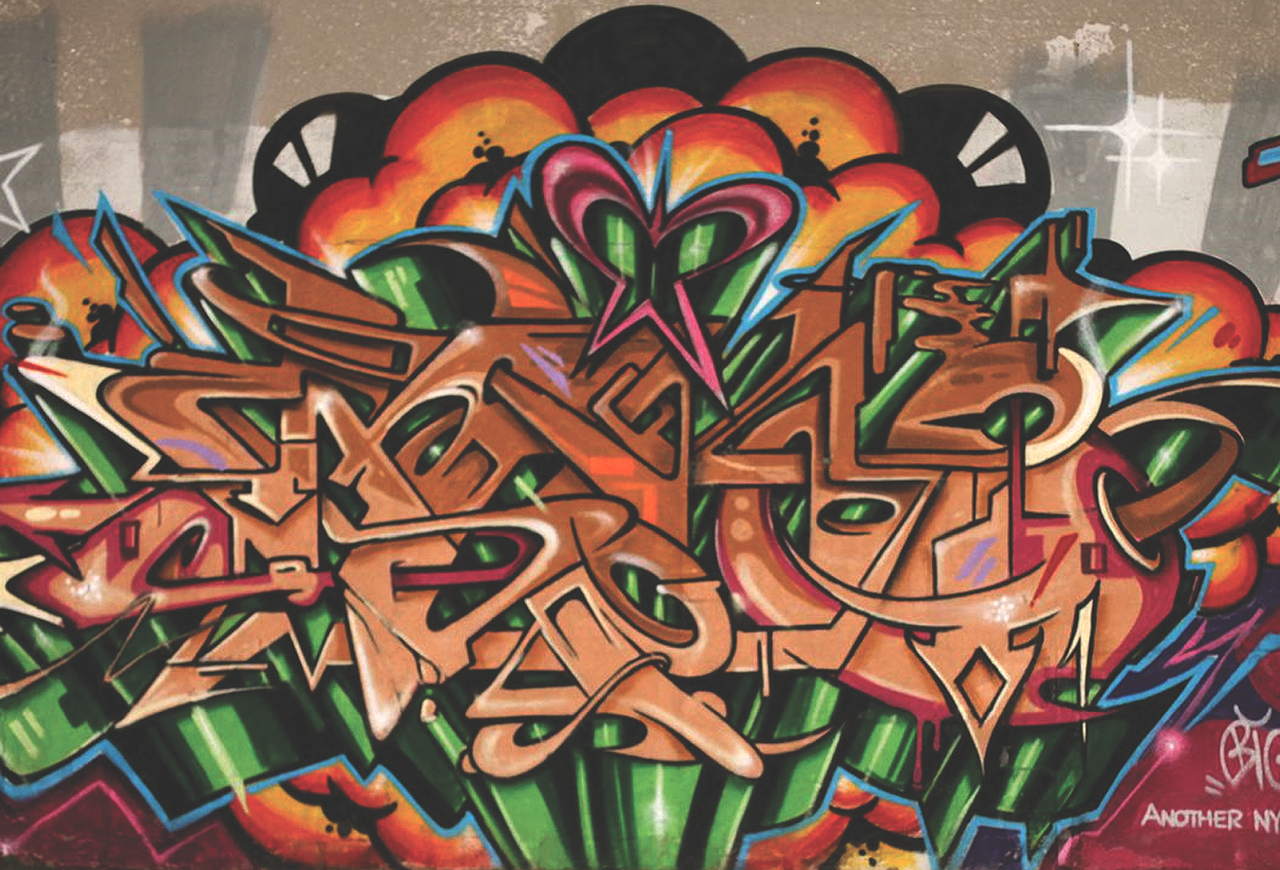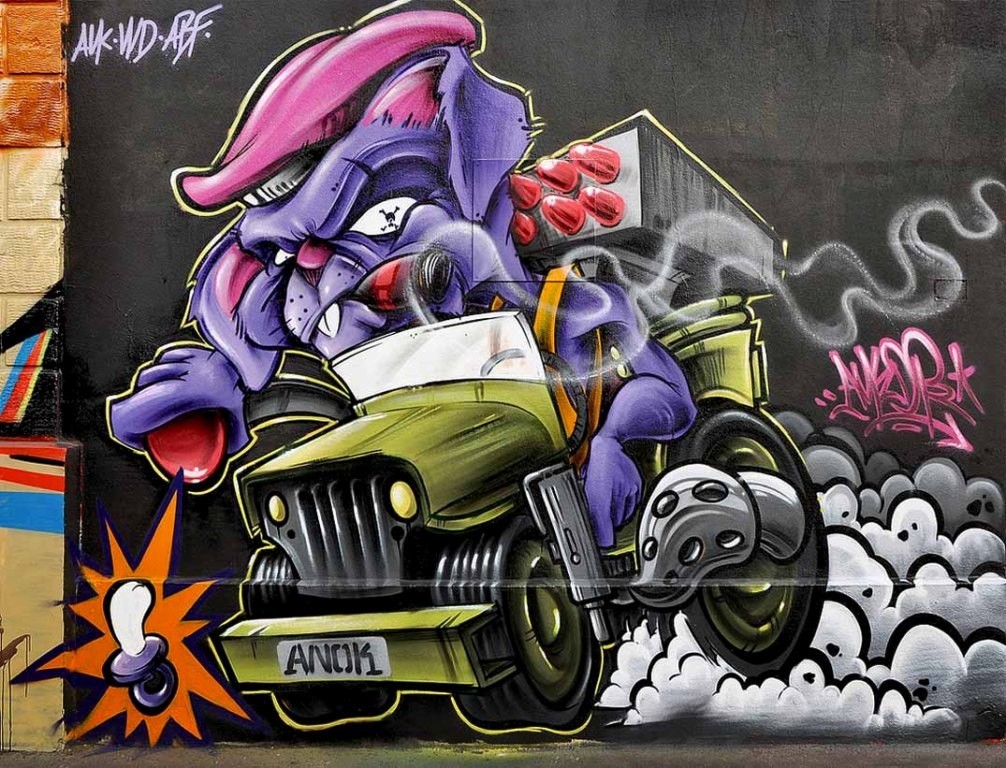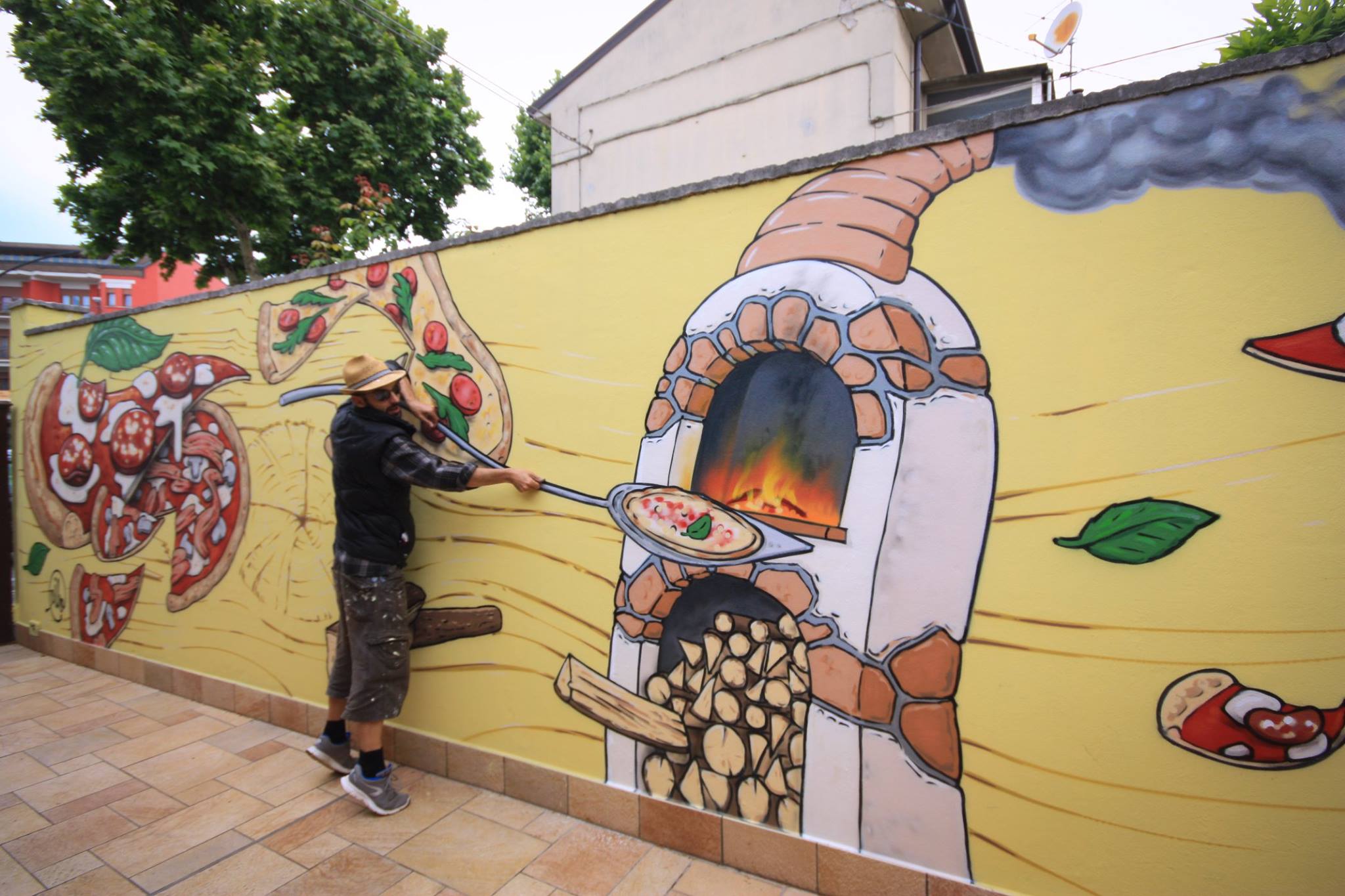

“For me, graffiti is an avenue of self-expression, an education in composition and the practice of mastering one’s craft,” he explains. But spray paint? That was something he could do. This spray paint art was different from the art O’Neill saw displayed in museums growing up and while studying the works of the Old Masters - which all seemed so unattainable to him. I was amazed that people were creating with spray paint.” “Years later at the University of Massachusetts at Dartmouth, I discovered magazines about graffiti. And so, I was less interested in creating the art and more concerned about what my street name would be,” recalls O’Neill. Riding through Boston in the backseat of his parents’ car, O’Neill’s first graffiti memory is seeing letters written on an old incinerator. Learning to Write In Jamie O’Neill’s Syte Train (acrylic on canvas, 36 x 48), the graffiti is front and center and the rail tracks remind the viewer that this form of art is, in essence, a traveling art show. O’Neill is one such artist who transitioned to canvas after years creating eye-catching lettering on the streets. And, university art courses incorporate their works into syllabuses, while books and documentaries set out to explore the meaning behind the art. They are showing their art - now painted on canvas - on gallery walls rather than in the streets. Numerous graffiti artists have shifted into the mainstream art world. Graffiti lettering has a rich history, recognizable inspirations (period pop-culture personalities, television shows and movies, as examples) and masterful artists held in great esteem by emerging graffiti writers. At the other end, it is the finely tuned, stylized and distinctive lettering recognizable to all street artists, and which represents the best of the best. The second is lettering, which is also known as graffiti writing.Īt one end of the spectrum, lettering may consist of a simple word thrown up with a marker to tag a gang’s territory. The first is street art comprised of stencils, paintings and stickers. Understanding Street Art The graffiti in much of Jamie O’Neill’s work is of lettering, but in this acrylic painting (titled Sour D), the letters take on a cartoon-like quality. But the art created “on the streets” has a tight-knit group of supporting artists, rivalries and levels of expertise - just as in “traditional” art culture.


To understand the work of this artist, you must first look at the outsider art many people label as just graffiti. In Sacred by Jamie O’Neill (acrylic on canvas, 36 x 60), note how the hazards of freight travel are reflected in the damaged box-car in this art piece. For artist Jamie O’Neill, the most impactful art lessons began on the streets. When he started out his canvas was not linen, but rather walls, subway cars and tunnels, abandoned automobiles and boxcars. Or, maybe it was at a kitchen table under the encouragement of artistically inclined parents. For some, the first venture into art was in a classroom.


 0 kommentar(er)
0 kommentar(er)
